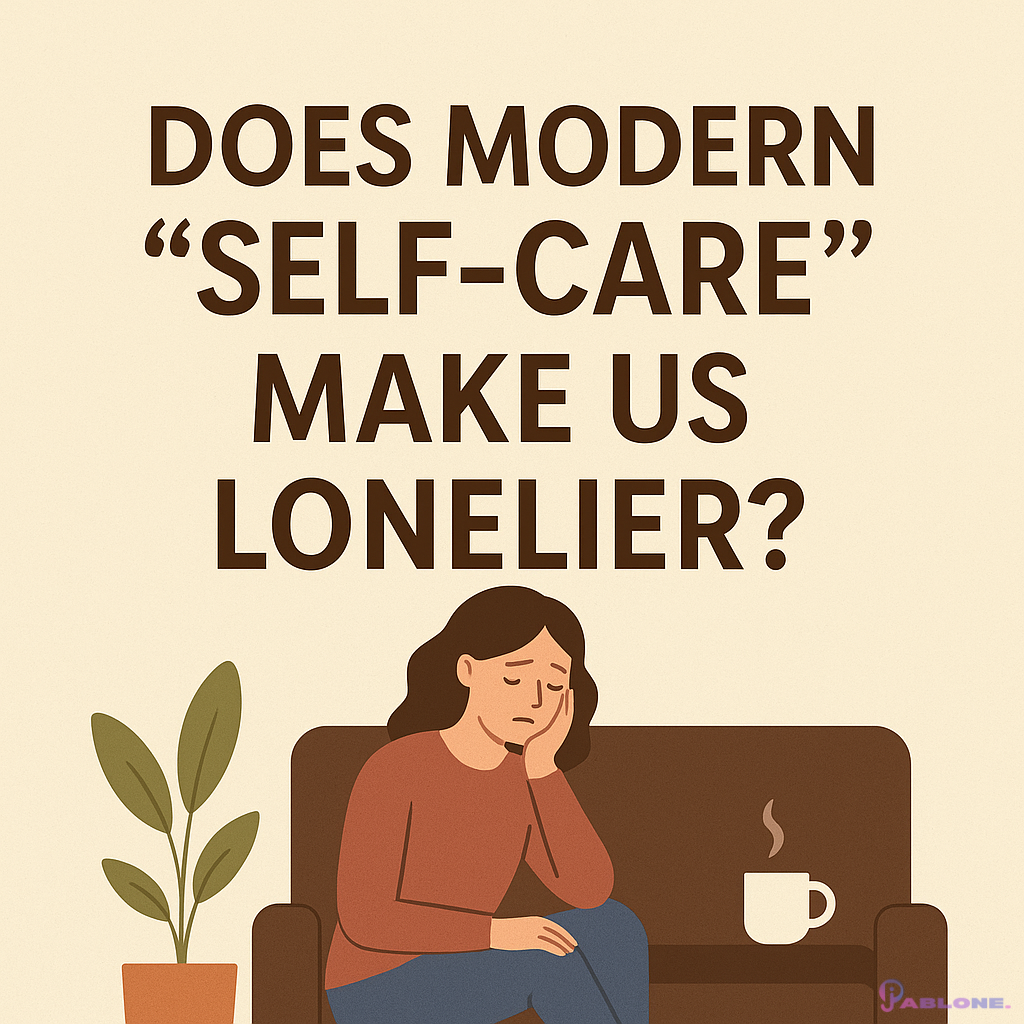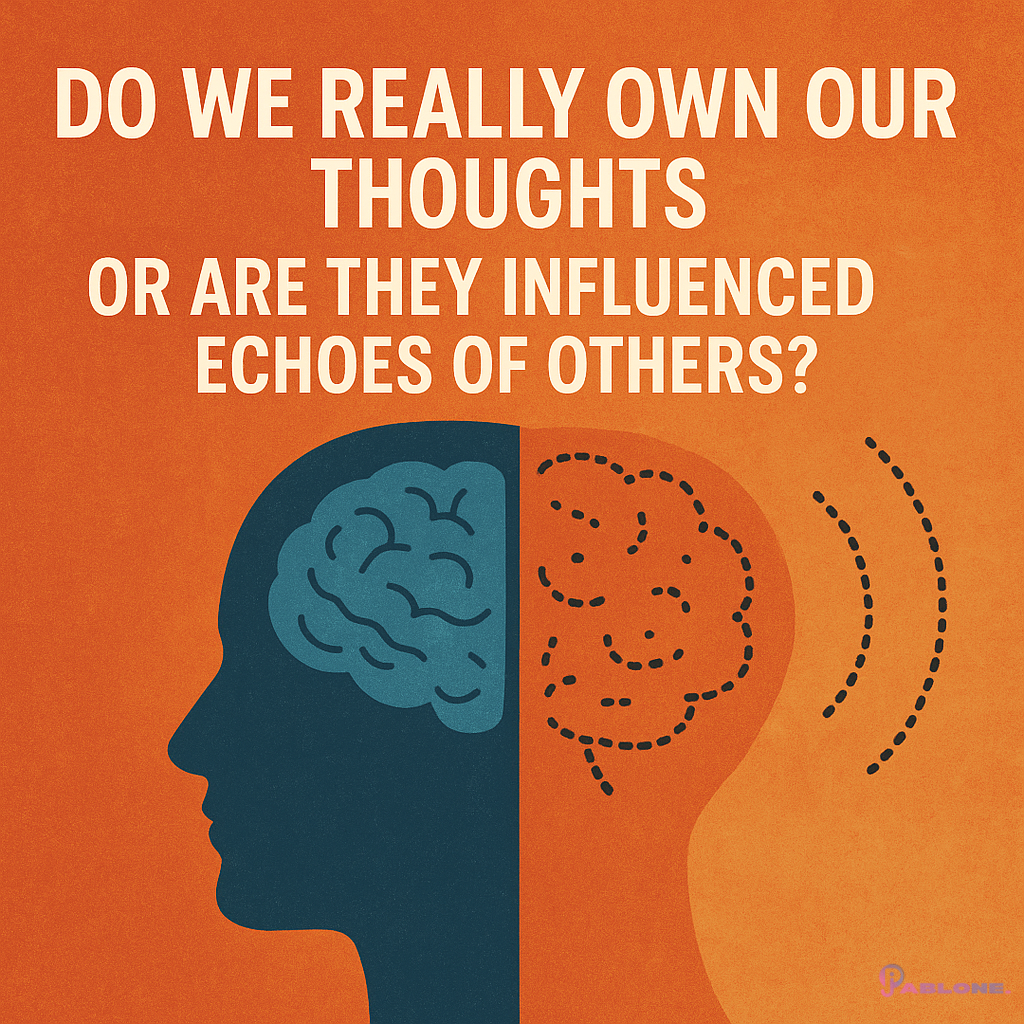Mindfulness is not just a trendy buzzword. It is an ancient practice rooted in Buddhist traditions, yet widely embraced in contemporary psychology for its benefits to mental health and overall well-being. Mindfulness, at its core, is about cultivating awareness and being present in each moment. It’s a practice that allows individuals to pause and reconnect with themselves in a world that is often chaotic and fast-paced. This blog explores the art of mindfulness, offering both a conceptual understanding and practical tools for integrating mindfulness into everyday life.
What is Mindfulness?
Mindfulness can be described as a state of active, open attention to the present. When you’re mindful, you observe your thoughts and feelings without judging them as good or bad. Rather than letting life pass you by, mindfulness means living in the moment and awakening to your current experience, instead of dwelling on the past or anticipating the future.
Jon Kabat-Zinn, a pioneer in the secular mindfulness movement, defines mindfulness as “paying attention in a particular way: on purpose, in the present moment, and non-judgmentally.” This succinct definition captures the essence of mindfulness — a deliberate and focused awareness of the present.
Mindfulness is closely linked with meditation, but it is not limited to formal meditation practices. While mindfulness meditation is a powerful tool, mindfulness can be practiced in many different ways, woven seamlessly into the fabric of daily life.
The Roots of Mindfulness
Mindfulness originates from Buddhist traditions, specifically from the concept of sati, which means mindfulness or awareness. In Buddhist teachings, mindfulness is one of the Noble Eightfold Paths, leading to the cessation of suffering. Traditionally, mindfulness is practiced to cultivate wisdom and compassion, which are central to the Buddhist path to enlightenment.
In recent years, mindfulness has gained significant attention in the West, especially within the fields of psychology and medicine. Research has shown that mindfulness can reduce stress, enhance emotional regulation, improve focus, and contribute to overall well-being. While its roots are spiritual, mindfulness has become a widely accessible practice, applicable to people of all backgrounds.
The Benefits of Mindfulness
The benefits of mindfulness practice are vast and well-documented. Let’s explore some of the key ways mindfulness can enhance your life.
- Reduced Stress
One of the most well-known benefits of mindfulness is its ability to reduce stress. In today’s world, stress is a common issue that affects nearly everyone at some point in their lives. Whether it’s work-related, personal, or even societal pressures, stress can have detrimental effects on both physical and mental health.
Mindfulness encourages you to slow down and become aware of the present moment, which can help break the cycle of stress. By focusing on your breath, body sensations, or even the sounds around you, you create space between yourself and your stressors. This space allows for a more measured and thoughtful response, rather than an automatic, stress-driven reaction.
Research has shown that mindfulness-based stress reduction (MBSR), a program developed by Jon Kabat-Zinn, is highly effective in reducing stress levels in a wide range of populations, from individuals dealing with chronic pain to those experiencing work-related stress.
- Improved Emotional Regulation
Mindfulness can help improve emotional regulation by increasing your awareness of your emotions as they arise. Instead of being overwhelmed by emotions or reacting impulsively, mindfulness allows you to observe your emotions with curiosity and non-judgment. This observation creates a buffer between your emotions and your actions, giving you more control over how you respond.
By practicing mindfulness, you develop the ability to notice emotions without becoming entangled in them. For example, if you’re feeling angry, mindfulness helps you recognize the physical sensations associated with anger (such as a tight chest or clenched fists) without immediately acting on the emotion. This awareness gives you the opportunity to choose a more skillful response, such as taking a few deep breaths or stepping away from the situation.
- Enhanced Focus and Concentration
In a world full of distractions, maintaining focus can be challenging. Mindfulness can help improve your ability to concentrate by training your mind to stay present. When you practice mindfulness, you learn to bring your attention back to the present moment, even when your mind starts to wander.
This skill of redirecting your attention can be applied to any task, whether it’s working on a project, having a conversation, or even doing household chores. Over time, mindfulness strengthens your ability to sustain focus and resist distractions, leading to increased productivity and a greater sense of accomplishment.
- Better Relationships
Mindfulness can also have a positive impact on your relationships. By being fully present in your interactions with others, you can cultivate deeper connections and communicate more effectively. Mindfulness encourages active listening, empathy, and non-judgmental awareness, all of which are essential for healthy relationships.
When you practice mindfulness in your relationships, you become more attuned to the needs and emotions of others. You’re able to respond with greater patience and compassion, rather than reacting out of frustration or misunderstanding. This can lead to more harmonious relationships, whether with family, friends, or colleagues.
- Increased Self-Awareness
Mindfulness helps cultivate self-awareness by encouraging you to observe your thoughts, feelings, and behaviors without judgment. This heightened self-awareness allows you to gain insight into your habitual patterns and tendencies, which can lead to positive changes in your life.
For example, mindfulness can help you become aware of automatic behaviors, such as stress-eating or procrastination. Once you’re aware of these patterns, you can begin to make conscious choices that align with your values and goals. Over time, this increased self-awareness can lead to greater personal growth and a deeper understanding of yourself.
- Physical Health Benefits
In addition to its mental and emotional benefits, mindfulness can also have a positive impact on physical health. Research has shown that mindfulness can reduce symptoms of chronic pain, lower blood pressure, and improve sleep quality. By reducing stress and promoting relaxation, mindfulness can also strengthen the immune system and contribute to overall physical well-being.
- Greater Resilience
Mindfulness fosters resilience by helping you develop a more balanced perspective on life’s challenges. When you practice mindfulness, you learn to accept difficult situations with a sense of equanimity, rather than becoming overwhelmed by them. This acceptance doesn’t mean resignation; rather, it means acknowledging the reality of the situation and responding with wisdom and clarity.
Over time, mindfulness can help you build resilience by strengthening your ability to cope with stress, setbacks, and adversity. Instead of being thrown off balance by life’s ups and downs, you can approach challenges with a calm and steady mind.
Practical Mindfulness Practices for Everyday Life
Mindfulness is a versatile practice that can be integrated into your daily routine in countless ways. You don’t need to set aside hours each day for formal meditation (although that can be beneficial too!). Instead, you can incorporate mindfulness into your everyday activities, making it a natural part of your life.
Below are several mindfulness practices that can be easily incorporated into your daily life. These practices range from formal meditation techniques to informal mindfulness exercises that can be done anytime, anywhere.
- Mindful Breathing
Mindful breathing is one of the simplest and most effective ways to practice mindfulness. It involves paying attention to your breath as it moves in and out of your body. You can practice mindful breathing at any time, whether you’re sitting in a quiet room or standing in line at the grocery store.
To practice mindful breathing, find a comfortable position and close your eyes if you feel comfortable doing so. Bring your attention to your breath and notice the sensation of the air as it enters and leaves your nostrils. Pay attention to the rise and fall of your chest or abdomen with each breath. If your mind starts to wander (which it inevitably will), gently bring your attention back to your breath without judgment.
Even just a few minutes of mindful breathing can help calm your mind and bring you back to the present moment.
- Body Scan Meditation
The body scan is a mindfulness meditation practice that involves bringing awareness to different parts of your body, one at a time. This practice can help you develop a greater sense of connection to your body and cultivate relaxation.
To practice a body scan, find a quiet place where you can sit or lie down comfortably. Close your eyes and take a few deep breaths to center yourself. Then, bring your attention to your toes and notice any sensations you feel in that area. Slowly move your attention up through your feet, legs, hips, abdomen, chest, arms, hands, neck, and head, noticing any sensations or areas of tension along the way.
If you encounter any areas of discomfort or tension, simply observe them without trying to change or fix anything. The goal of the body scan is not to relax or feel a certain way, but rather to observe your body with non-judgmental awareness.
- Mindful Eating
Mindful eating is the practice of paying full attention to the experience of eating, from the taste and texture of the food to the sensations in your body as you eat. This practice can help you develop a healthier relationship with food and bring more awareness to your eating habits.
To practice mindful eating, start by taking a moment to appreciate your food before you begin eating. Notice the colors, smells, and textures of the food on your plate. As you take your first bite, pay attention to the flavors and sensations in your mouth. Chew slowly and savor each bite, bringing your full attention to the act of eating.
Throughout the meal, check in with your body and notice any sensations of hunger or fullness. Mindful eating can help you become more attuned to your body’s signals and prevent overeating or mindless snacking.
- Mindful Walking
Mindful walking is a practice that involves bringing awareness to the act of walking. It can be done indoors or outdoors, and it’s a great way to integrate mindfulness into your daily routine.
To practice mindful walking, start by standing still and taking a few deep breaths to center yourself. As you begin to walk, pay attention to the sensations in your feet as they make contact with the ground. Notice the movement of your legs and the rhythm of your steps. If you’re walking outdoors, you can also bring your attention to the sights, sounds, and smells around you.
As with other mindfulness practices, your mind may wander during mindful walking. When this happens, gently bring your attention back to the sensations of walking without judgment.
- Mindful Listening
Mindful listening is a practice that involves paying full attention to the sounds around you, whether it’s the sound of someone’s voice, music, or the natural sounds of the environment. This practice can help you become a better listener and improve your communication skills.
To practice mindful listening, start by finding a quiet place where you can sit and listen without distractions. Close your eyes and bring your attention to the sounds around you. Notice the pitch, tone, and volume of each sound without labeling or judging them. If your mind starts to wander, gently bring your attention back to the sounds.
Mindful listening can also be practiced during conversations with others. When someone is speaking to you, bring your full attention to their words without interrupting or thinking about what you’re going to say next. By practicing mindful listening, you can cultivate deeper connections with others and improve your communication skills.
- Mindful Journaling
Journaling can be a powerful mindfulness practice that allows you to reflect on your thoughts and emotions in a non-judgmental way. Mindful journaling involves writing with intention and awareness, paying attention to the present moment as you put pen to paper.
To practice mindful journaling, find a quiet place where you can write without distractions. Set a timer for a few minutes and begin writing whatever comes to mind, without worrying about grammar, spelling, or structure. The goal is to let your thoughts flow freely onto the page without judgment or editing.
As you write, pay attention to the sensations of writing — the feel of the pen in your hand, the movement of your hand across the paper, and the sound of the pen as it writes. Mindful journaling can help you gain insight into your thoughts and emotions and cultivate a sense of clarity and self-awareness.
- Mindfulness in Daily Activities
Mindfulness doesn’t have to be limited to formal meditation practices. You can bring mindfulness into any activity, no matter how mundane. Whether you’re washing the dishes, brushing your teeth, or driving to work, you can practice mindfulness by bringing your full attention to the task at hand.
For example, when washing the dishes, notice the temperature of the water, the feel of the soap, and the sound of the dishes clinking together. When brushing your teeth, pay attention to the sensations in your mouth and the sound of the toothbrush. By practicing mindfulness in daily activities, you can turn ordinary tasks into opportunities for mindfulness and presence.
Overcoming Challenges in Mindfulness Practice
Like any new skill, mindfulness takes time and practice to develop. It’s natural to encounter challenges along the way, but with patience and persistence, you can overcome these obstacles and deepen your mindfulness practice.
- Dealing with Distractions
One of the most common challenges in mindfulness practice is dealing with distractions. It’s natural for the mind to wander, especially when you’re trying to focus on the present moment. When distractions arise, it’s important to approach them with a sense of curiosity and non-judgment, rather than frustration or self-criticism.
If you find yourself getting distracted during mindfulness practice, gently acknowledge the distraction and bring your attention back to the present moment. Over time, you’ll develop greater awareness of when your mind is wandering and become better at redirecting your attention.
- Letting Go of Expectations
Another common challenge in mindfulness practice is letting go of expectations. It’s easy to fall into the trap of expecting a certain outcome from mindfulness, such as feeling relaxed or calm. However, mindfulness is not about achieving a specific state of mind; it’s about being present with whatever arises, whether it’s pleasant or unpleasant.
If you find yourself getting caught up in expectations, gently remind yourself that mindfulness is about observing the present moment without judgment. Let go of the need for a certain outcome and focus on the process of being present.
- Making Time for Mindfulness
In today’s busy world, finding time for mindfulness can be a challenge. However, mindfulness doesn’t have to be time-consuming. Even just a few minutes of mindfulness each day can have a positive impact on your well-being.
If you’re struggling to find time for mindfulness, try integrating it into your daily routine. For example, you can practice mindful breathing while waiting in line, mindful walking on your way to work, or mindful eating during meals. By finding small pockets of time for mindfulness throughout the day, you can make it a regular part of your life.
- Staying Consistent
Consistency is key when it comes to mindfulness practice. It’s easy to start with enthusiasm, only to let the practice fall by the wayside when life gets busy. However, staying consistent with mindfulness can help you develop a deeper practice and experience the full benefits of mindfulness.
To stay consistent with mindfulness, start with small, manageable goals. For example, you might commit to practicing mindfulness for just five minutes each day. As you build consistency, you can gradually increase the amount of time you spend on mindfulness. Remember that mindfulness is a lifelong practice, and it’s okay to start small and build gradually.
The Journey of Mindfulness
Mindfulness is not a destination; it’s a lifelong journey. It’s a practice that can bring greater awareness, presence, and peace into your life, but it’s also a practice that requires patience, persistence, and self-compassion.
As you embark on your mindfulness journey, remember that it’s normal to encounter challenges along the way. The key is to approach these challenges with curiosity and non-judgment, and to keep coming back to the present moment, no matter how many times your mind wanders.
Mindfulness is a practice that can be cultivated in many different ways, from formal meditation to informal mindfulness exercises. By finding practices that resonate with you and integrating them into your daily life, you can cultivate mindfulness in a way that feels authentic and sustainable.
In a world that is often chaotic and fast-paced, mindfulness offers a powerful tool for reconnecting with yourself and the present moment. Whether you’re dealing with stress, seeking greater self-awareness, or simply looking to live more fully, mindfulness can help you navigate life’s challenges with greater ease and clarity.
As you continue on your mindfulness journey, remember that the art of mindfulness is not about perfection or achieving a certain state of mind. It’s about being present with whatever arises, with kindness, curiosity, and non-judgment. With time and practice, mindfulness can become a natural and integral part of your life, helping you live with greater awareness, presence, and peace.
This blog provides an in-depth exploration of mindfulness and its many benefits, along with practical tools and tips for integrating mindfulness into everyday life. The journey of mindfulness is a personal one, and by incorporating these practices, you can begin to experience the transformative power of mindfulness in your own life.








Leave a Reply